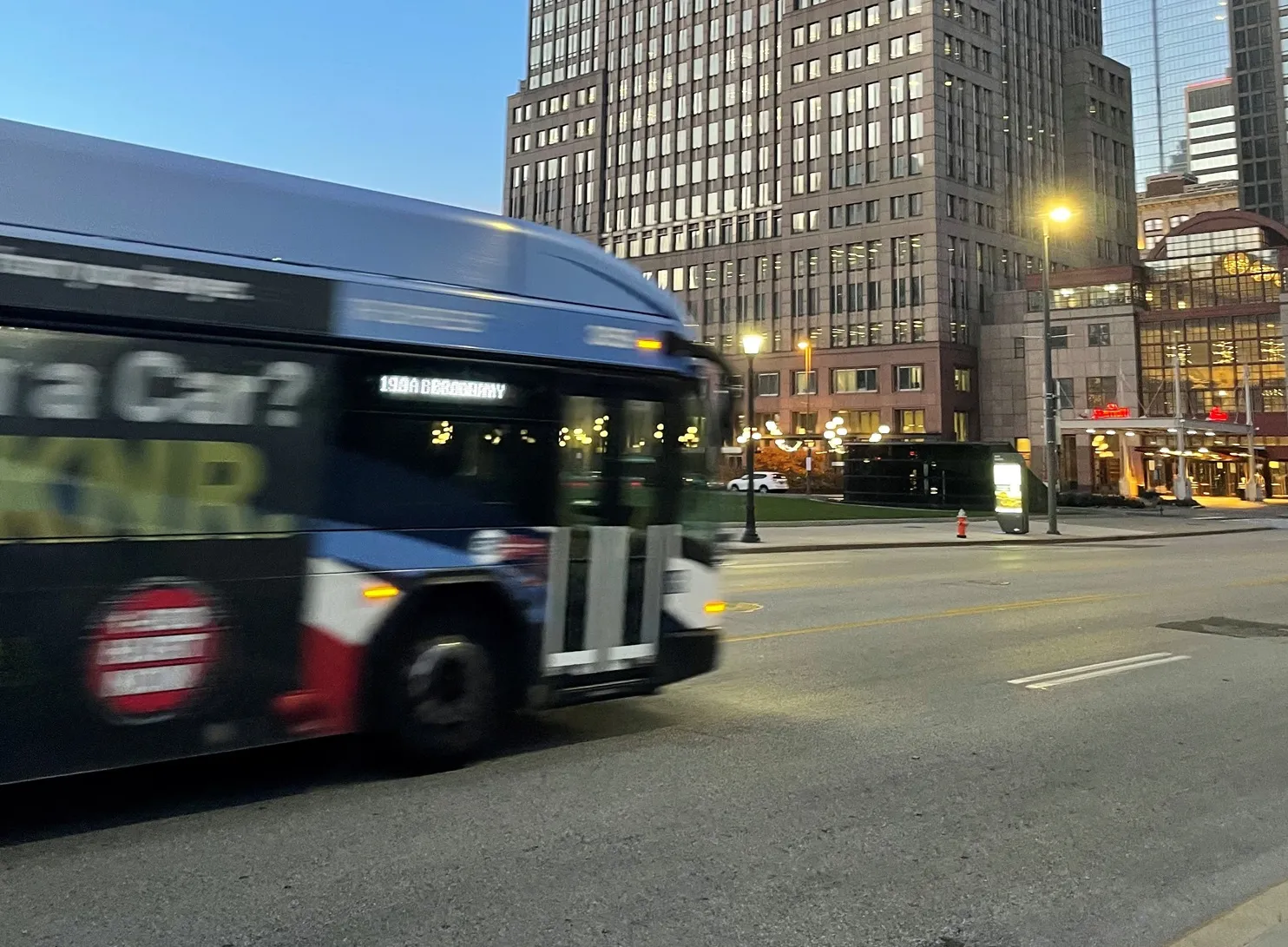Drivers will need help preparing for unexpected situations where their autonomous vehicle (AV) hands back control, warns the
RAC carried out a study in the UK with the Human Factors Research Group at the University of Nottingham on 49 people of varying ages using a driving simulator on a ‘commute-style’ journey for five days in a row.
During the trial, the drivers demonstrated significant lateral movement (lane swerving) when control was handed back to them, even after being provided with advanced warnings. Around half of the participants had to look at the floor to check their feet were on the correct peddles when asked to retake control.
Despite this, the drivers were able to keep the vehicle straight when presented with an emergency handover on the fourth day involving severe weather. This could be because of the hyper-vigilance induced by the prospect of danger, RAC says.
Professor Gary Burnett, chair of transport human factors at the university, says steering performance immediately following a handover can be poor, indicating the importance of “new forms of training to equip drivers with the additional skills needed in these vehicles”.
“The results also highlight that any future automated vehicle that can be human-driven should incorporate appropriate technology to monitor how ready a driver is to resume control and assist them in this process,” Burnett adds.
Additionally, the trial set out to explore how participants may choose to spend their time after selecting the ‘automated driving’ option during the 20 minute dual carriageway section of the journey.
Eight out of ten drivers commonly used their smartphones while a quarter read books or newspapers at least once during the week. Others worked on laptops.
Those who looked away from the road while the vehicle was in autonomous mode increased from 70% on day one to 80% by day five, indicating an increase in trust by the end of the trial.
Steve Gooding, director of the RAC Foundation, says designers are going to have to “apply their minds” to circumstances where drivers will be invited or required to retake control if “conditionally-automated vehicles” are to be allowed on public roads.
“The very real likelihood is that, at best those motorists will need plenty of warning to set down their papers or close their laptop and, at worst, still more time to wake from slumber,” he continues. “Re-taking control of a speeding car is a dangerous task, and the idea of the human driver being available to take over in an emergency looks to be fraught with difficulty.”
AV drivers need help for safe handovers, says RAC
Drivers will need help preparing for unexpected situations where their autonomous vehicle (AV) hands back control, warns the RAC Foundation.
RAC carried out a study in the UK with the Human Factors Research Group at the University of Nottingham on 49 people of varying ages using a driving simulator on a ‘commute-style’ journey for five days in a row.
During the trial, the drivers demonstrated significant lateral movement (lane swerving) when control was handed back to them, even after being provided
July 19, 2019
Read time: 3 mins










